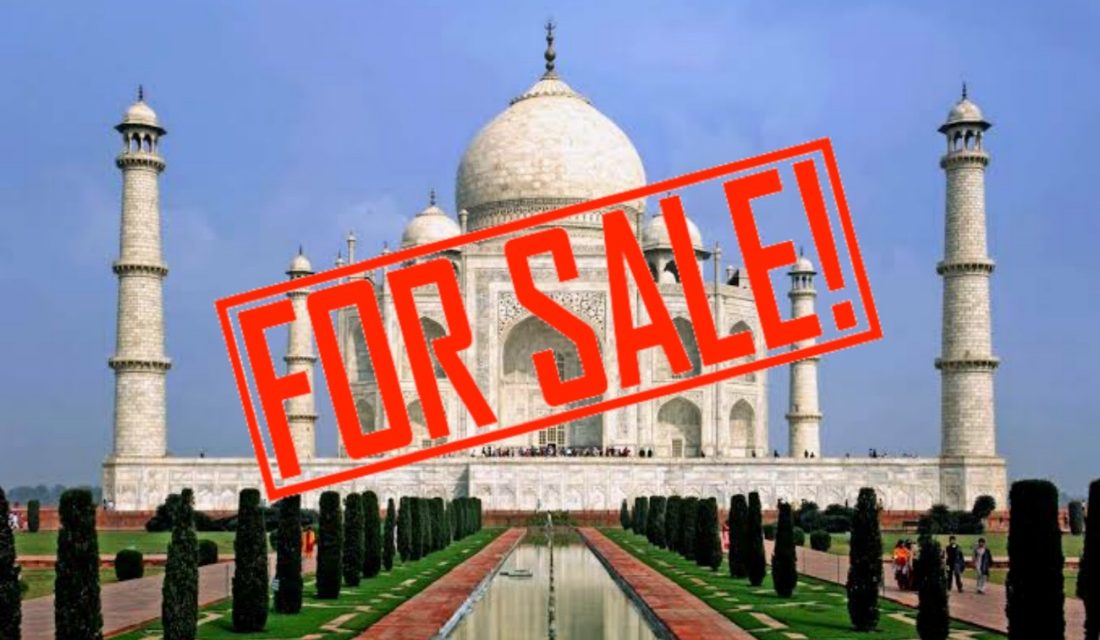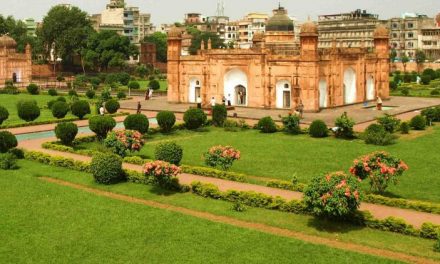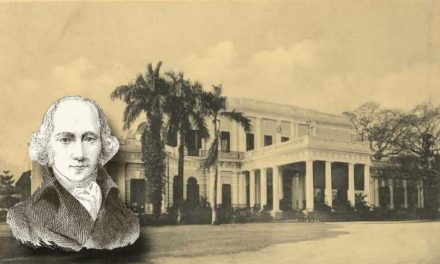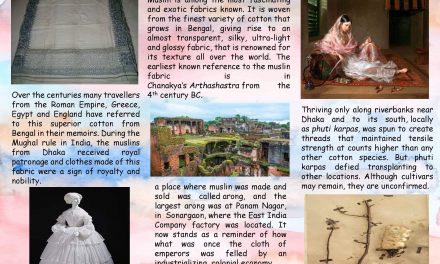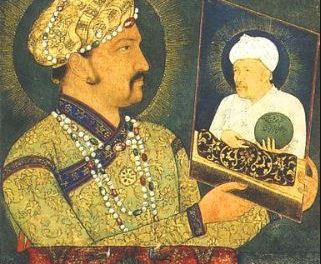Vasco da Gama’s arrival in Calicut on the 20th day of May 1498 marked the beginning of a long and historic era as it opened the sea route from Europe to the far East. Immediately after the discovery of the newly found route, India boomed into a centre of attraction for European traders.
The British first entered the Indian subcontinent from the port of Surat on the 24th of August 1608 as traders looking for spices as they were in high demand in Britain and other neighbouring European countries where the English traded. It is believed and argued by some that the British initially came just to trade with no thoughts of neither conquering nor ruling over India in their minds, but we can say certainly nothing.
After trading in India for a little under a decade, the British got the Royal order to establish a factory at Surat. Similarly, the East India Company also got permissions to set up its second factory in Madras. Thus marked the starting of the British expansion in undivided India. The rapid expansion by the British led to the establishment of many trading posts along the east and west coasts of India. They centred their operations around the three presidency towns of Calcutta, Bombay and Madras where they majorly traded in silk, indigo dye, cotton, tea and opium.
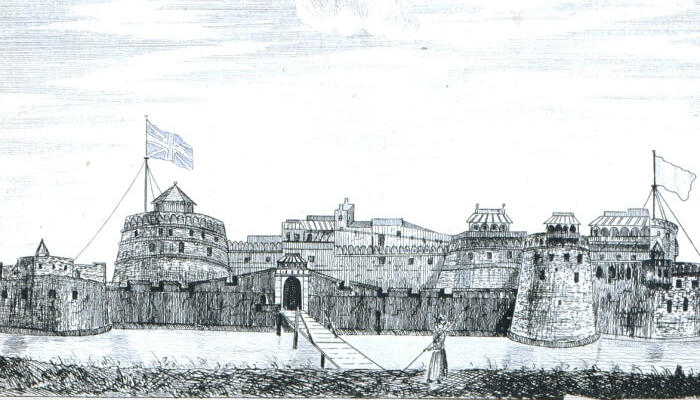
British factories established by the Royal order at Surat, circa. 1600
During this period of “trading”, the British were surgically driving out competitors they thought would be dangerous to them in the long run, like the Portuguese and French trading companies and strengthening their hold over India. By the 1750s, the British East India Company started getting involved in Indian politics. After military official, Robert Clive, defeated Siraj-ud-daulah, the Nawab of Bengal, and his forces at the Battle of Plassey in 1757, the Company saw the rise of its fortunes and its transformation from a simple trading venture to a powerful and highly profitable enterprise.
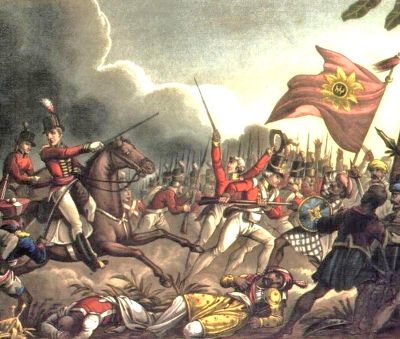
The Battle of Plassey, 1757.
The British East India Company’s rule lasted till 1858, after which it was dissolute from India and the British Crown overtook direct control of India, and this began the era of what was famously known as the British Raj.
The British rule lasted in India for a decade under 200 years, and although it was not altogether unfruitful, the British possibly left no stone unturned in exploiting the treasures and resources of the Indian subcontinent.

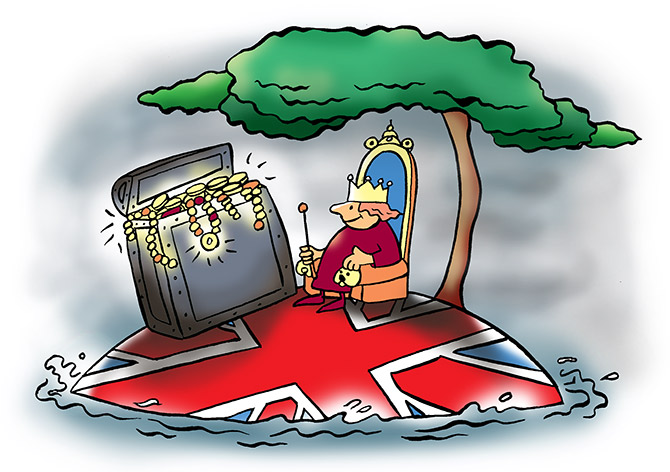
India was the jewel in the crown of the British Empire. There was next to no drain out of wealth from India during the Mughal rule, or any dynasty’s rule except for the British rule.
Wealth was collected from the natives as taxes and invested back into India.
The Mughals contributed greatly in flourishing the economy and did great infrastructural development, examples of which can still be visualized today standing strong as ever. The same cannot be said about British rule.
The then British economy was built and developed from the money brought in to Britain from exploiting India.
According to renowned economist Utsa Patnaik’s analysis drawn around two centuries of detailed data on tax and trade, she came to the conclusion that Britain drained nearly $45 trillion, worth in today’s currency from India during the period 1765 to 1938.
As Patnaik’s work implied, “Britain didn’t develop India. India developed Britain.”
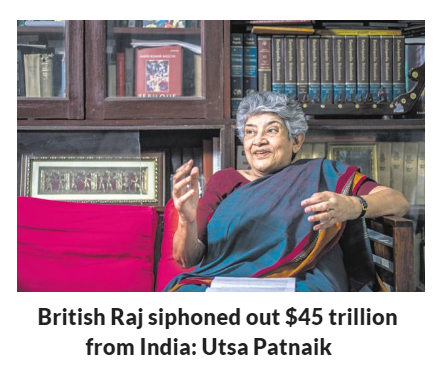
British came to India less cultured when they left eventually and that can be said because THEY WANTED TO SELL THE TAJ MAHAL!
British historians have tried hard and long to prove this as a “tale” as there was “no circumstantial evidence” or official document to prove that there were any plans at all to sell the Taj Mahal and it was all hearsay and this was just a story created by detractors to defame the British Raj. During her travels in India in the early 1830s, Welsh adventurer Fanny Parkes was astounded when she read a report in the Calcutta John Bull which stated-
” The Governor-General has sold the beautiful piece of architecture, called the Mootee Musjid, at Agra, for Rs. 125,000 about £12,500, and it is now being pulled down!”
The Governor-General, namely Lord William Bentinck, although more famously known for abolishing Sati, was the man who seriously contemplated dismantling the Taj Mahal and selling its marble and other grand adornments in London! It was that or selling it whole to the highest bidder. Despite constant denials of the British had nothing to do with the selling of the Taj Mahal, evidence and contemporary accounts lead us to believe that there was more to it than this.
Lord Bentinck really had plans to bring down the magnificent Taj.
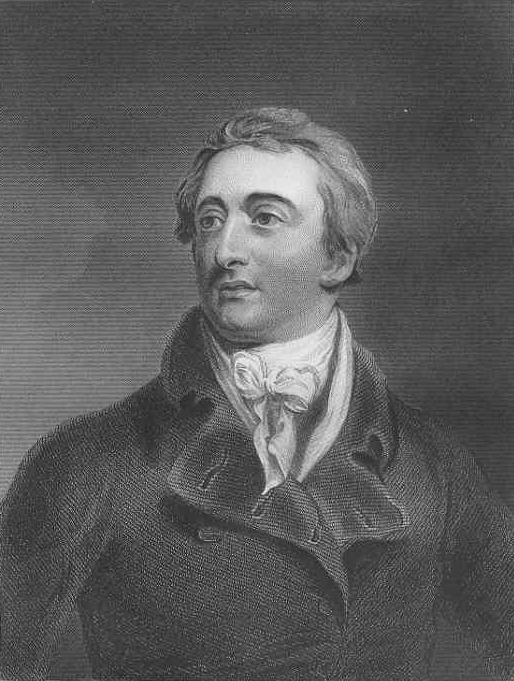
Lord William Bentinck
Prof Kavita Singh, Professor of Art History at Jawaharlal Nehru University, Delhi, did extensive research on the events surrounding the proposed demolition of the Taj Mahal by the British East India Company. Presenting evidence, she concluded that we cannot dismiss the story as fiction.
We may find evidence of the British dismantling and probably selling building blocks of invaluable Mughal architecture in India, not at the Taj in Agra, but within the Agra Fort. When you reach the terrace where the Diwan-I-Khas is housed, you are struck by a pronounced lack of symmetry and a deep feeling of “something is missing”
You will see a simple whitewashed wall on one side, with two doors that look like an unfinished building. The Mughals have always been known to be a bit of a perfectionist and normally never left their grand monuments unfinished. The Agra Fort also is no exception. What looks like the incomplete building was the location where the exquisitely encrusted marble Shahi Hammam, the Mughal Emperors’ bathhouse, once stood. It was demolished and sold as a “test drive” in anticipation of the Taj Mahal’s planned demolition and auction. One of Lord Bentinck’s primary mandates, after being appointed the Governor-General of British India, was to cut back on ever-rising expenses and balance the finances of the East India Company. During a visit to Agra, he saw the Shahi Hammam and claimed it to be in a “dilapidated state”. He ordered the edifice of the bathhouse and many other marble colonnades in the Agra Fort be dismantled, and sold to raise funds for the Government. The Agra Fort marble auction did not go well and received very little revenue. The vandalism, however, created an outrage in India’s British culture. British aristocrat and politician Lord Marcus Beresford, in his ‘Journal of My Life in India’, wrote-
” THE MARBLE TAKEN FROM THESE APARTMENTS IS QUIET UNSUITED FOR MODERN RESIDENCES AND CAN ONLY BE USED UP FOR OTHER PURPOSES. A GREAT DEAL WAS PURCHASED BY MEN WHO MAKE PAPERWEIGHTS AND SUCH TRIFLES FOR SAHIB LOG (AS ENGLISHMEN ARE CALLED) AND THE RICH RED SANDSTONE WAS USED FOR CURRY STONES. I HEAR THAT THE SUM REALIZED FROM THE DESTRUCTION OF THESE APARTMENTS DID NOT EXCEED FIVE HUNDRED POUNDS. WE COULD HARDLY BELIEVE THAT SUCH AN ORDER WAS GIVEN BUT A COPY OF IT WAS PROCURED AND SIR H FANE [BRITISH COMMANDER-IN-CHIEF] HAS IT. IT IS SAID THAT HE, LORD BENTINCK, PROPOSED TO SELL THE TAJ. HE WAS PROPOSED A SUM UNDER THAT IT WAS WORTH. AND STANDING OUT FOR A GOOD BARGAIN, HAS SAVED THIS NOBLE MONUMENT OF A MONARCH’S GRIEF “
Lord Beresford was not the only influential Englishman to write about Taj Mahal’s proposed auction. In his autobiography ‘Rambles and Recollections of an Indian Official’ the British administrator Sir William Sleeman, famous for his suppression of thugs or dacoits in Central India, expresses a similar outlook and disapproval of the Agra marble sale. He writes,
‘ Had the Agra fort marbles had fetched the price expected, it is probable that the whole of the palace and even the Taj itself would have been pulled down and sold in the same manner. ’
Fanny Parkes, in her book, ‘Wanderings of a Pilgrim in Search of the Picturesque’ which was about her travels in British India in the 1830s, quoted newspaper articles from the Calcutta based British newspaper John Bull, dated 26th July 1831 which states-
” THE TAJ HAS ALSO BEEN OFFERED FOR SALE! BUT THE PRICE REQUIRED HAS NOT BEEN OBTAINED. TWO LACS, HOWEVER, HAVE BEEN OFFERED FOR IT. SHOULD THE TAJ BE PULLED DOWN, IT IS RUMOURED THAT DISTURBANCES MAY TAKE PLACE AMONGST THE NATIVES.”
The Hindu who bid for the Taj Mahal was none other than Seth Laxmichand Jain of Mathura, a banker to the Indian Maharajas and who was later referred to as ‘The Rothschild of India’.
When the British government accepted offers to dismantle the Taj in 1831, Seth Laxmichand emerged as the top bidder with Rs . 2 lakhs to offer. However, this was rejected as too low. Hence, a few months later, a second auction was held where Seth Laxmichand again emerged as the winner with an offer of Rs 7 lakhs. Fortunately, the uproar in the British community and the threat of religious violence on the ground ensured that the real deal was never made, and the Taj Mahal was spared from Lord Bentinck’s greedy hands.
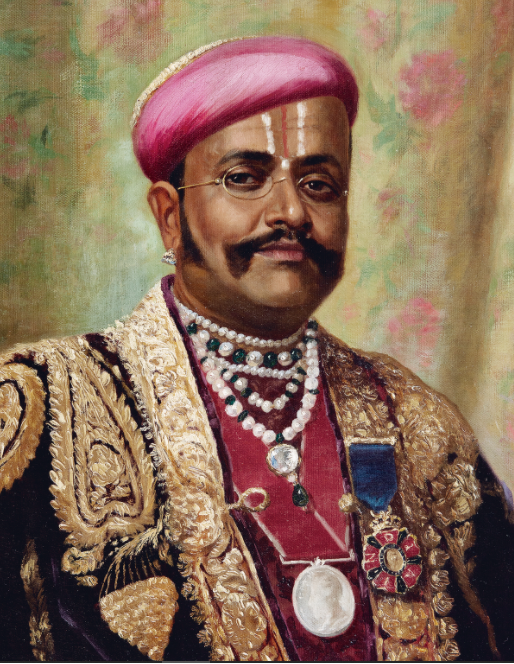
Seth Laxmichand Jain of Mathura, Banker to the Indian Maharajas.
The magnificent Taj Mahal is one of its kind and world phenomenon which is visited by millions each year to admire the sheer beauty and brilliance of it. Had Lord Bentinck succeeded in selling the Taj irrespective in pieces or whole, today we would have lost a World Wonder and an international heritage of immeasurable value.
During the Mughal rule, a large, highly significant sum of the total revenue from all over India came from Bengal and history stands witness to this. So it will not be wrong when saying that the money from Bengal was, in fact, used in the building of the Taj Mahal, even if it’s just a rupee and that we as Bengalis can also call it our own, despite being divided by borders today.

